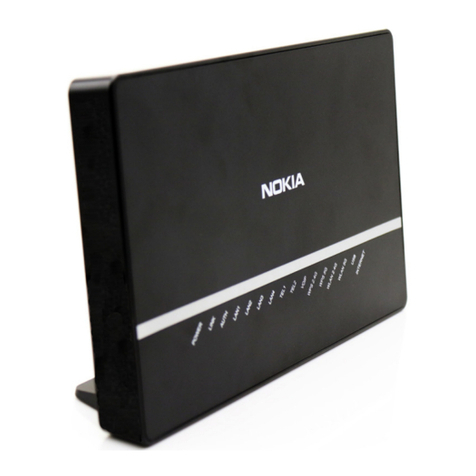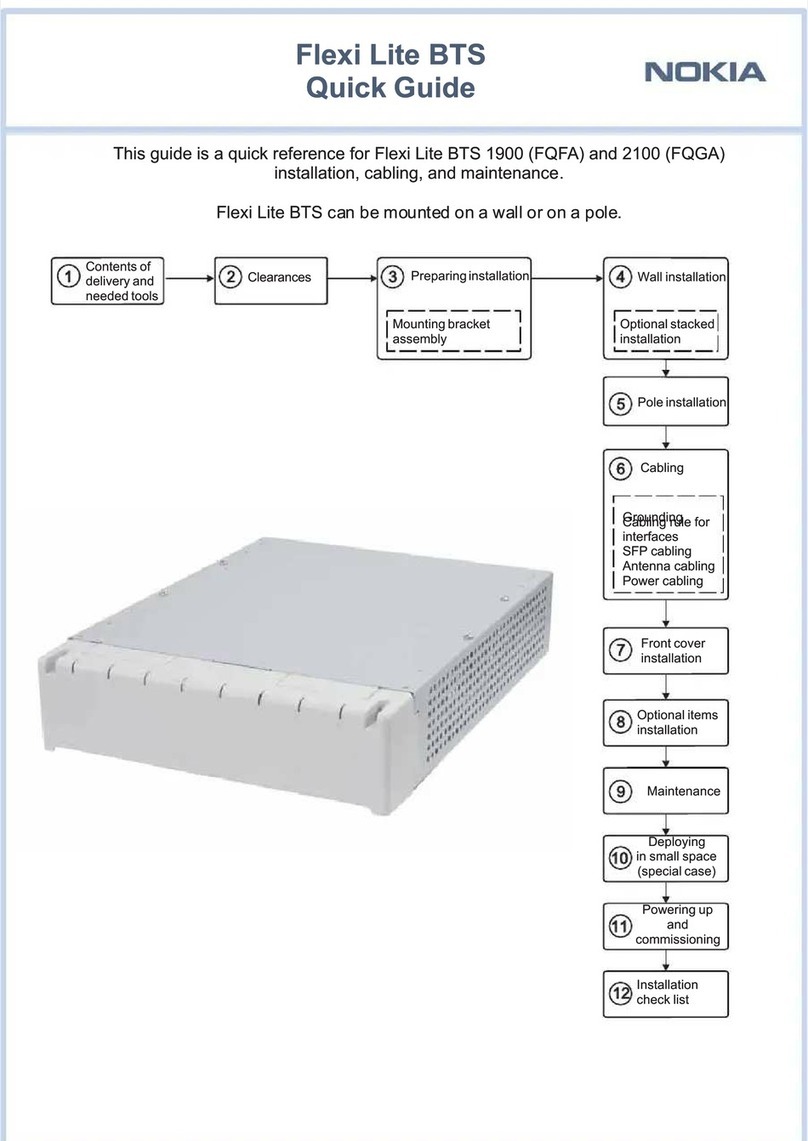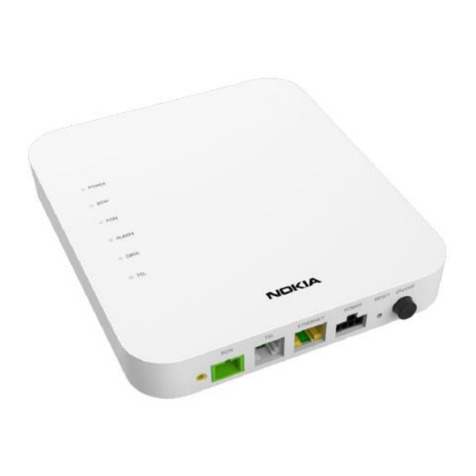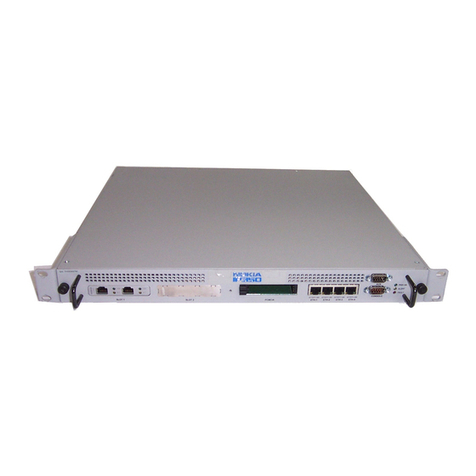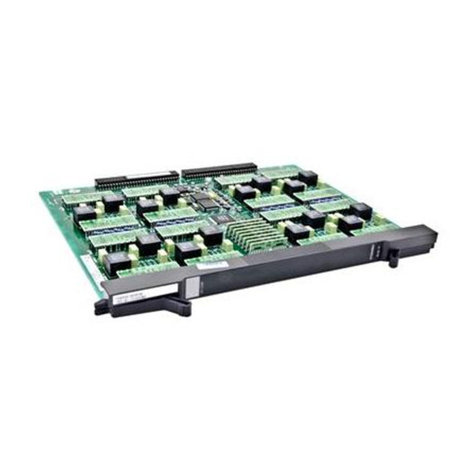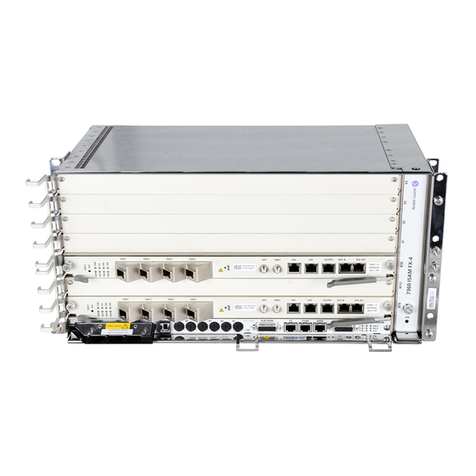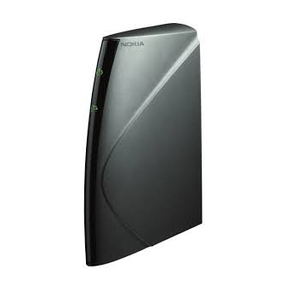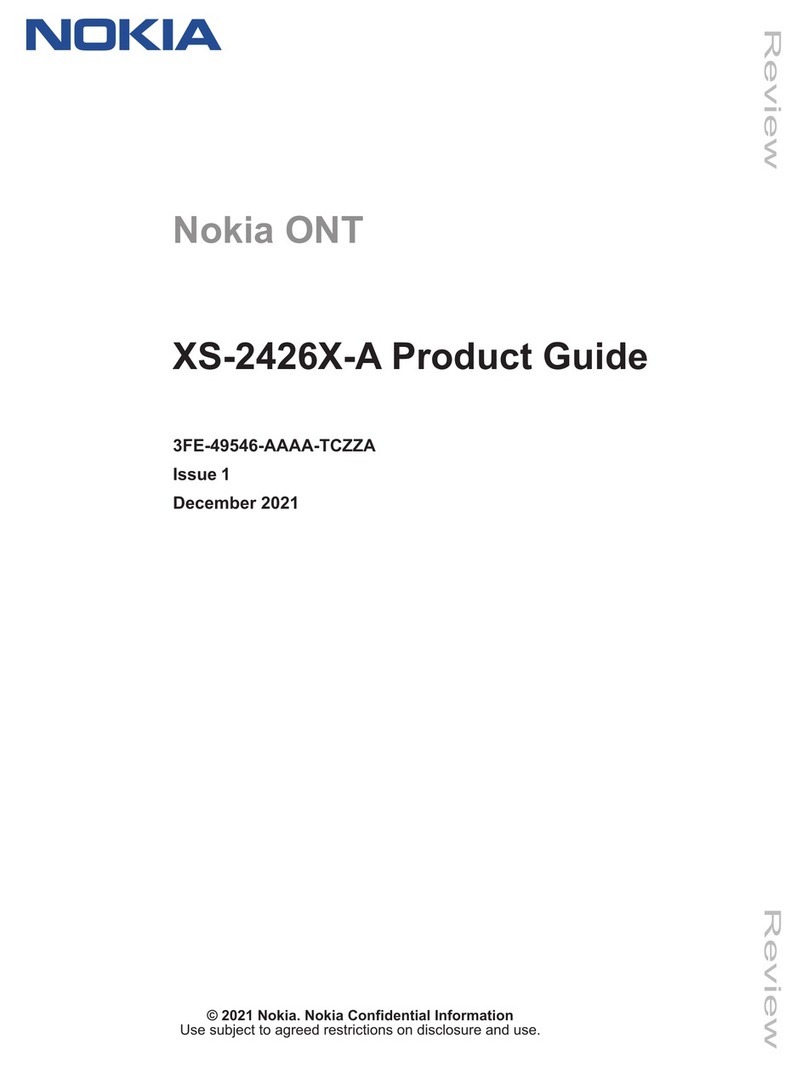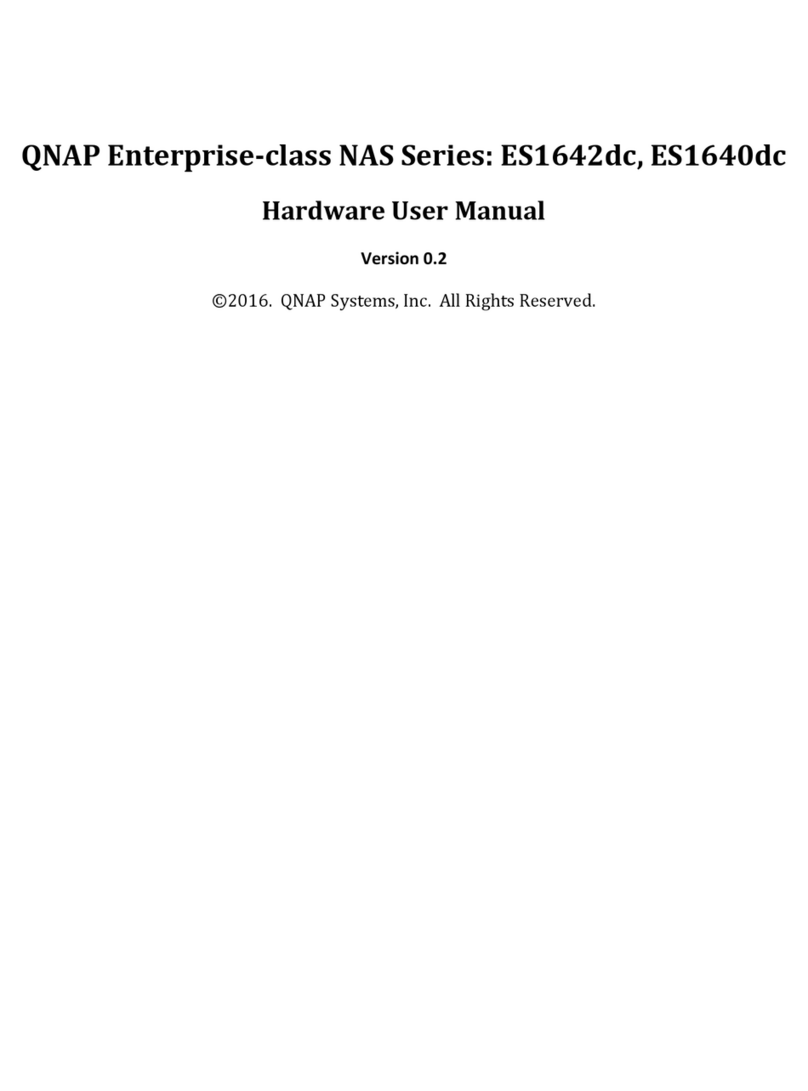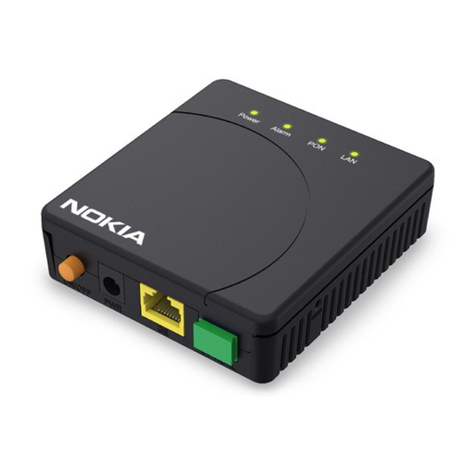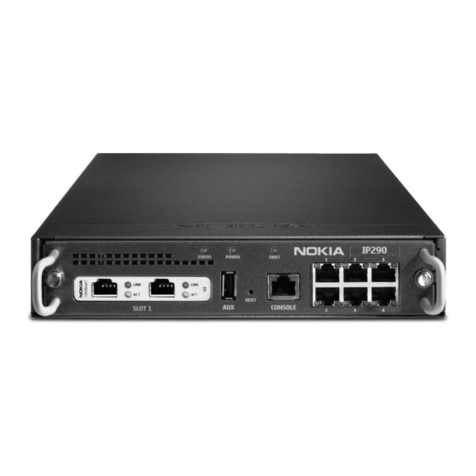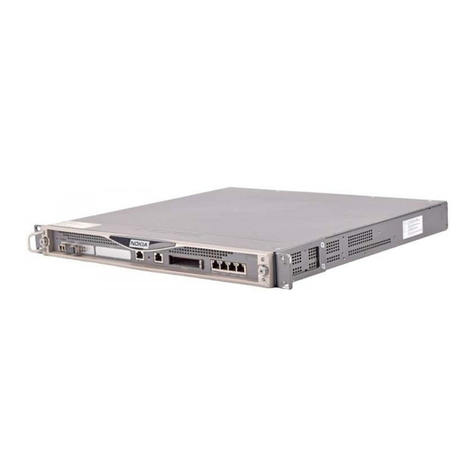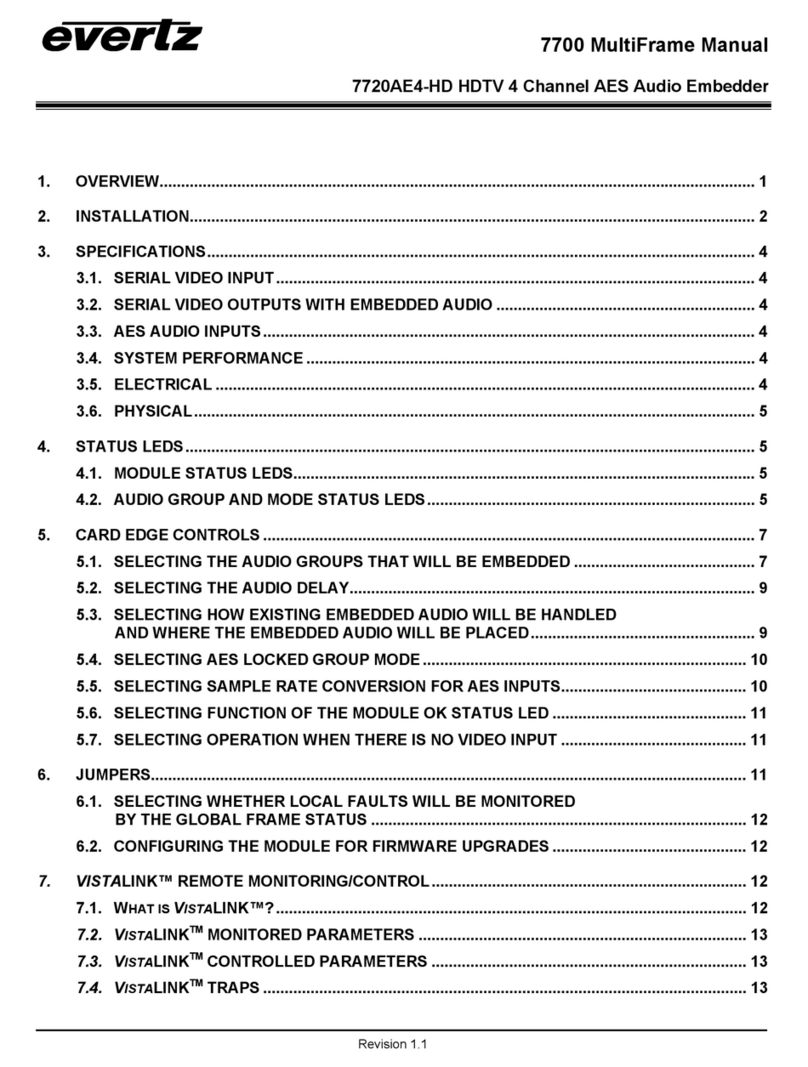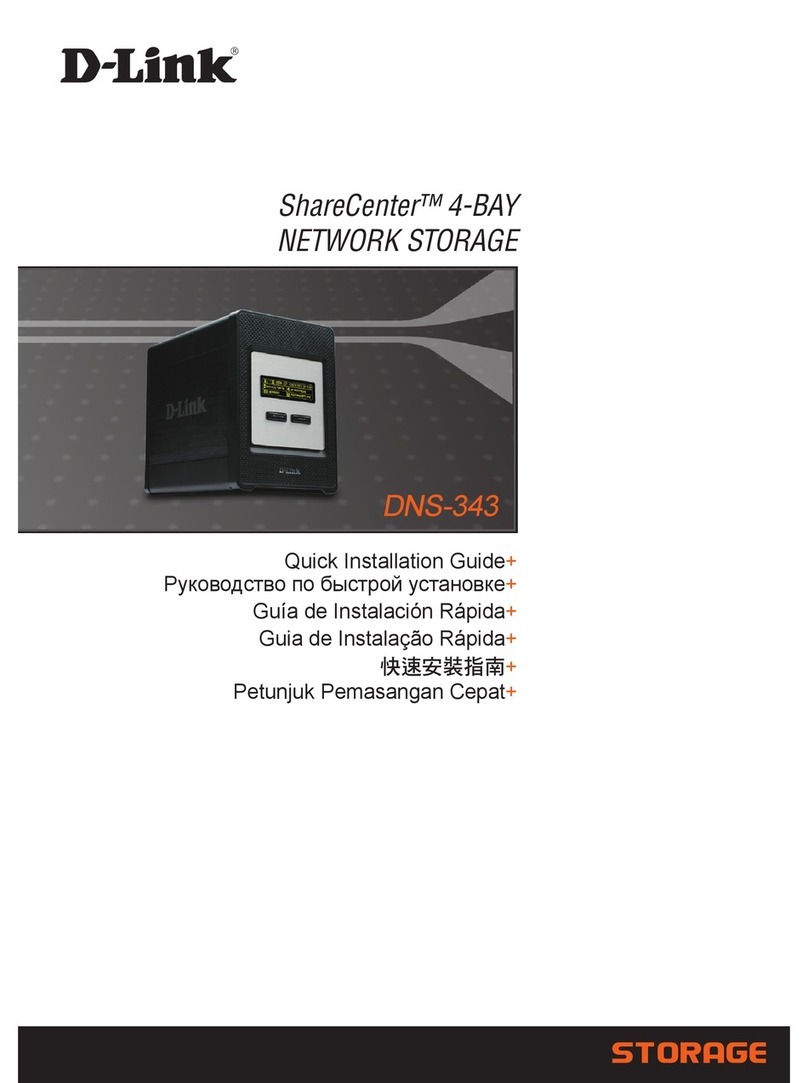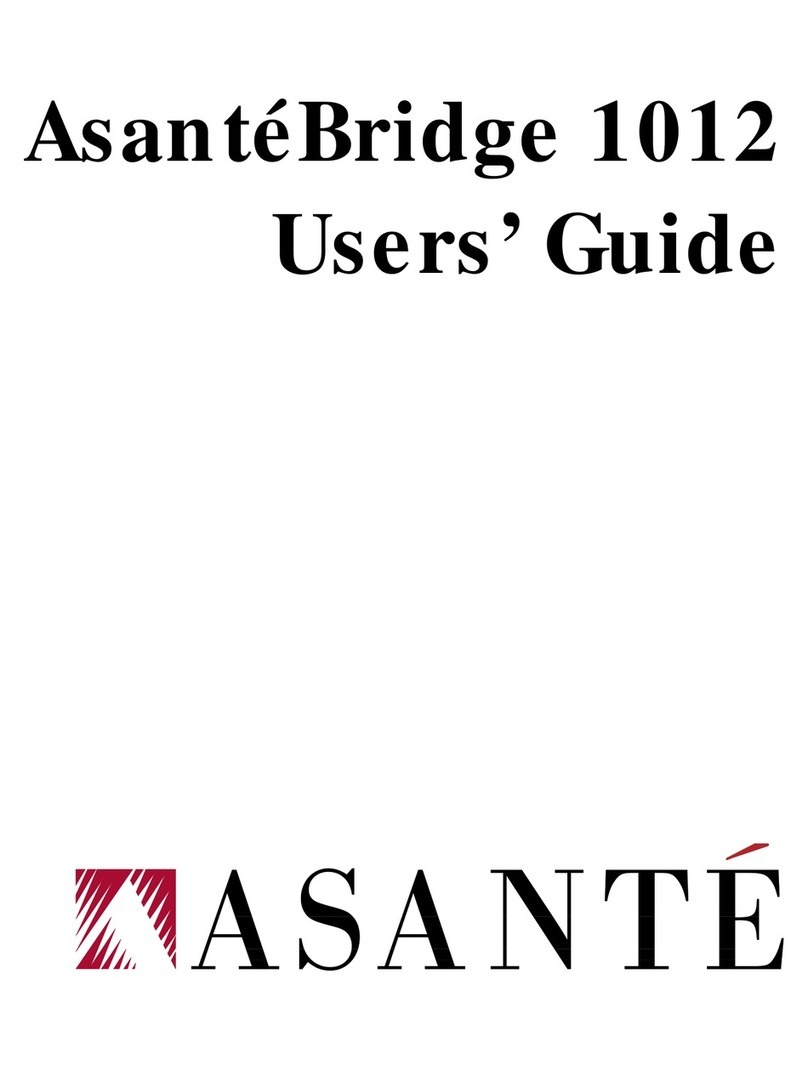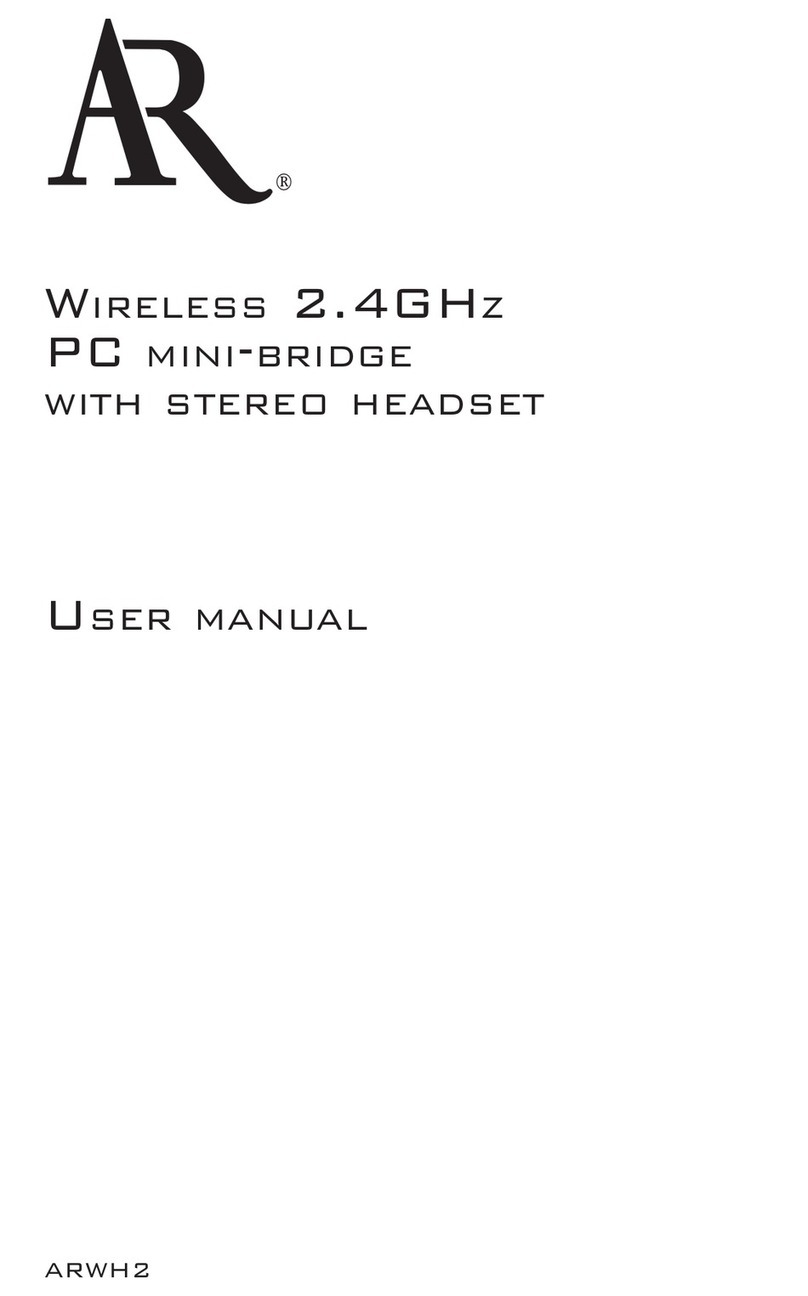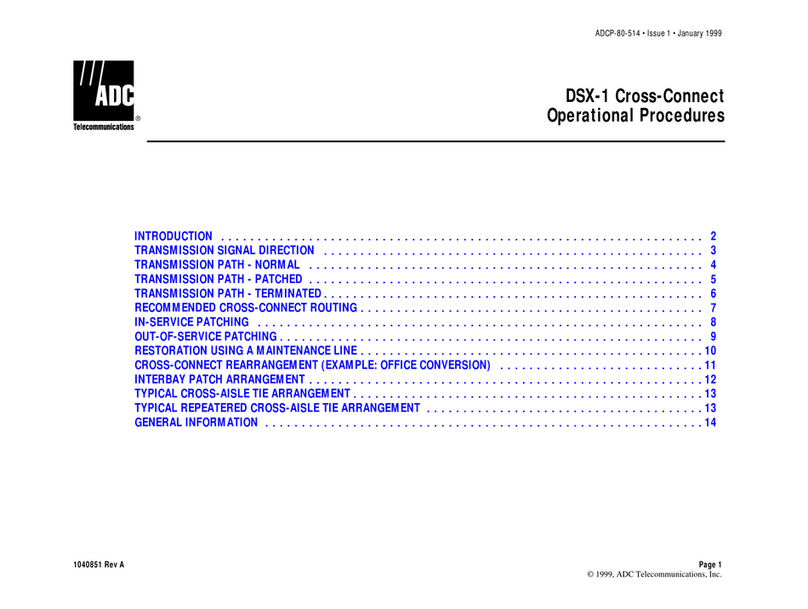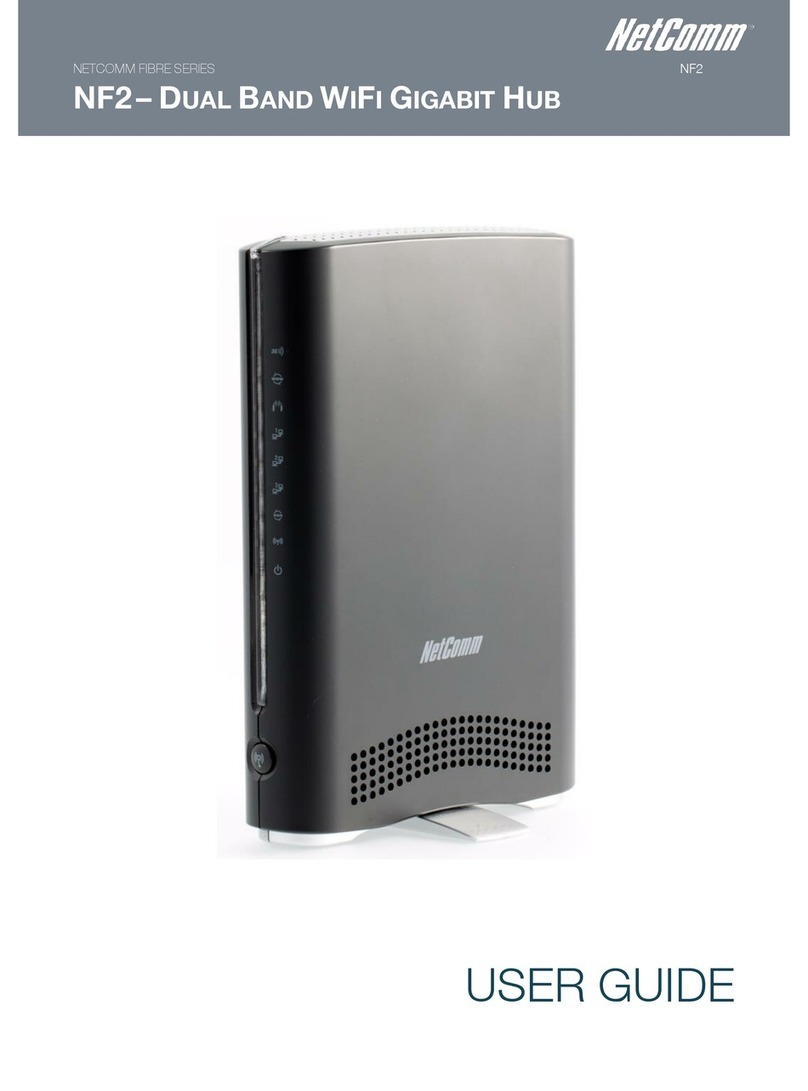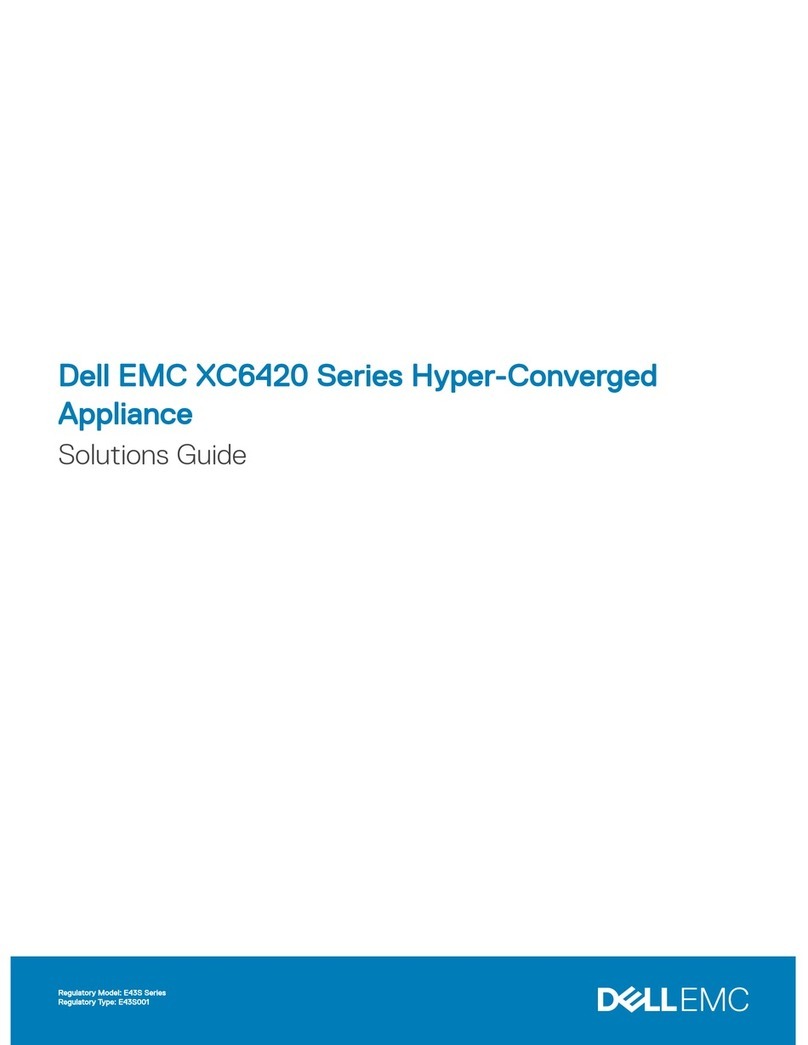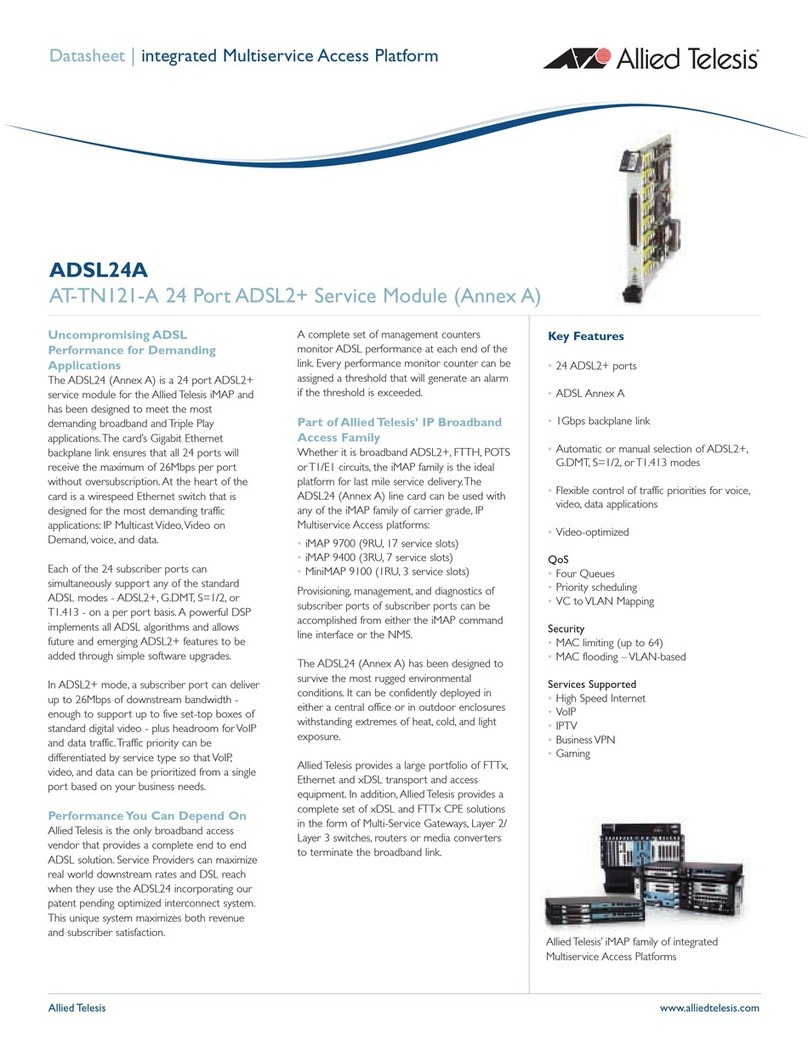
7750 SR ESA 100G Chassis Installation Guide
Release 20.5
Issue: 01 3HE 16094 AAAA TQZZA 3
Table of Contents
1 Preface.............................................................................................9
1.1 About This Guide.........................................................................................9
1.1.1 Warnings and Notes....................................................................................9
1.1.2 Audience......................................................................................................9
1.1.3 Symbols and Labels ..................................................................................10
1.1.4 Technical Support......................................................................................11
2 System Overview ..........................................................................13
2.1 Hardware Specifications............................................................................14
2.2 Safety and Compliance Agency Certifications...........................................15
2.3 Chassis Description...................................................................................16
2.4 Setting up an ESA in a 7750 SR System ..................................................18
3 Site Preparation ............................................................................19
3.1 Safety Warnings ........................................................................................19
3.2 Site Selection.............................................................................................20
3.3 Installation Locations.................................................................................21
3.4 Ethernet Cabling .......................................................................................23
4 Installation.....................................................................................25
4.1 Rack-mounting the Chassis.......................................................................26
4.1.1 Rack-mounting the Chassis with Fixed Brackets ......................................26
4.1.2 Rack-mounting the Chassis with Slide Rails .............................................27
4.2 Connecting to AC Power ..........................................................................33
4.3 Connecting to DC Power ..........................................................................34
5 Transceivers..................................................................................37
5.1 Warnings and Notes..................................................................................37
5.2 Installation Preparation..............................................................................38
5.2.1 Locking and Release Mechanisms............................................................39
5.2.2 Installing Transceivers...............................................................................39
5.2.3 Removing and Replacing Transceivers.....................................................40
